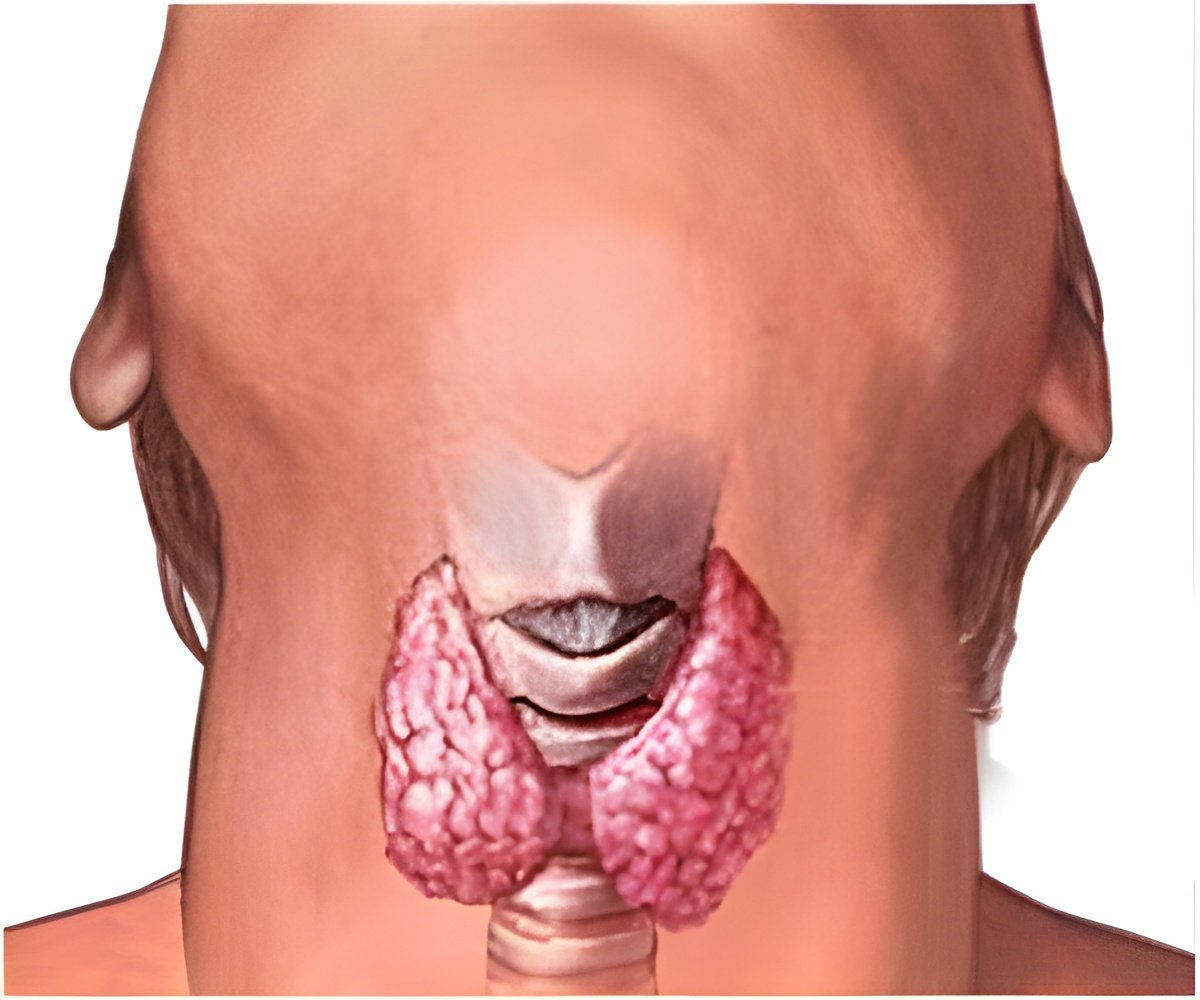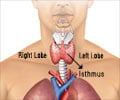
"High tech imaging technologies such as ultrasound, CT and MRI can detect very small thyroid nodules many of which are slow growing papillary thyroid cancers, says the study's lead author Juan Pablo Brito, M.B.B.S. an endocrine fellow and health care delivery scholar at Mayo Clinic. "This is exposing patients to unnecessary and harmful treatments that are inconsistent with their prognosis."
Dr. Brito says the surgical removal of all or part of the thyroid gland is a costly procedure and includes a risk of complications such as low calcium levels and nerve injury. Surgical removal procedures in the United States have tripled in the past 30 years -- from 3.6 per 100,000 people in 1973 to 11.6 per 100,000 people in 2009.
"Uncertainty about the benefits and harms of immediate treatment for low-risk papillary thyroid cancer should spur clinicians to engage patients in shared decision-making to ensure treatment is consistent with the research evidence and patient goals," Dr. Brito says.
To help provide context for patients, Dr. Brito recommends the development of a new term that connotes a favorable prognosis for low-risk thyroid cancers, such as microPapillary Lesions of Indolent Course (microPLIC). A new term would make it easier for clinicians to offer patients the choice of active surveillance instead of immediate and often intensive treatment. He also calls for research to identify the appropriate care for these patients.
Source-Eurekalert














